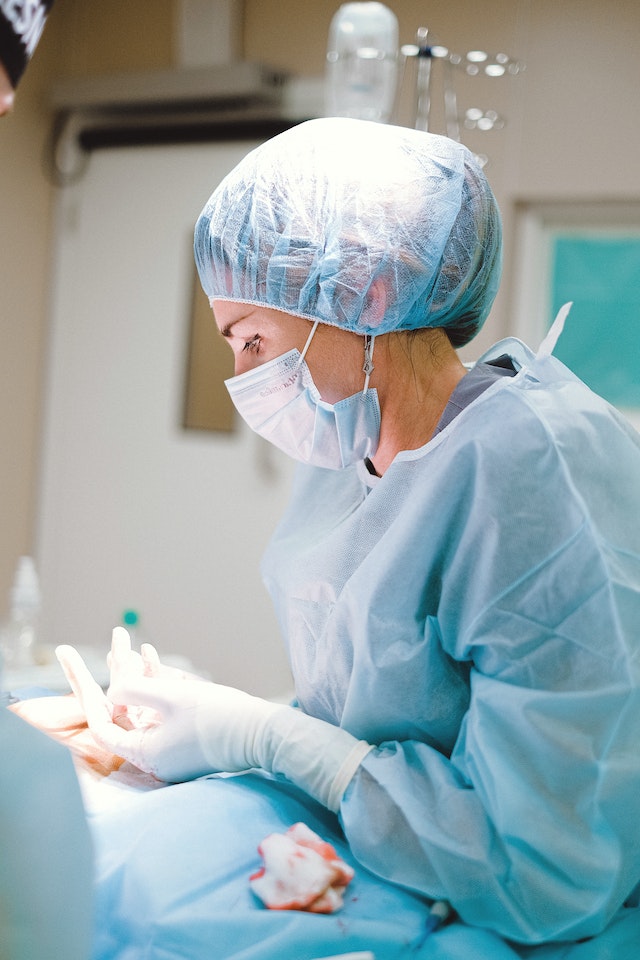Introduction:
Becoming a skilled surgeon requires not only a solid foundation of medical knowledge but also the mastery of various surgical techniques. From the precision of incisions to the finesse of suturing, these skills form the bedrock of a surgeon’s expertise. In this guide, we will explore the essential surgical techniques that beginning surgeons must acquire to navigate the intricate world of surgery with confidence and proficiency.
- Aseptic Technique: The cornerstone of any surgical procedure is maintaining a sterile environment. Understanding and implementing aseptic techniques is paramount to minimize the risk of infection and ensure patient safety. This includes proper hand hygiene, sterile gowning and gloving, draping, and meticulous attention to sterile field management.
- Instrument Handling: Surgeons must develop dexterity and familiarity with a wide array of surgical instruments. Mastery of instrument handling involves learning the appropriate grip, control, and manipulation techniques. This skill enables precise tissue dissection, retraction, and suturing, facilitating optimal surgical outcomes.
- Knot Tying and Suturing: The art of knot tying and suturing is fundamental to surgery. Beginning surgeons must learn various suture materials, needle types, and suturing techniques. They must develop the ability to create secure and reliable knots, ensuring proper wound closure and minimizing the risk of postoperative complications.
- Tissue Dissection: Surgical procedures often require delicate tissue dissection to gain access to the target area. Beginning surgeons should learn to use instruments such as scalpels, scissors, and electrocautery devices with finesse, ensuring precise and controlled tissue separation while minimizing damage to surrounding structures.
- Hemostasis: Effective control of bleeding is vital during surgical procedures. Surgeons must learn to identify and address bleeding vessels promptly. Techniques such as clamping, ligating, and using hemostatic agents allow for effective hemostasis, ensuring a clear surgical field and preventing excessive blood loss.
- Wound Closure: Closing surgical incisions properly is crucial for optimal healing and minimizing scarring. Beginning surgeons should learn different closure techniques, including various suture patterns (such as interrupted, continuous, or subcuticular sutures) and the appropriate use of staples or adhesive strips based on the specific case requirements.
- Surgical Ergonomics: Maintaining good posture and ergonomic principles during surgery is essential for the surgeon’s comfort, efficiency, and long-term well-being. Proper positioning, use of surgical loupes or magnification systems, and regular breaks to prevent fatigue-related errors are vital aspects of surgical technique that should be emphasized.
Conclusion:
Mastering surgical techniques is an ongoing journey for every surgeon. Beginning surgeons must invest time, effort, and dedication to develop proficiency in these essential skills. With diligent practice, mentorship, and a commitment to lifelong learning, surgeons can refine their techniques, enhance patient outcomes, and embark on a rewarding career in surgery. By laying a solid foundation in these fundamental skills, beginning surgeons can build the expertise necessary to navigate the complexities of the operating room with confidence and precision.






